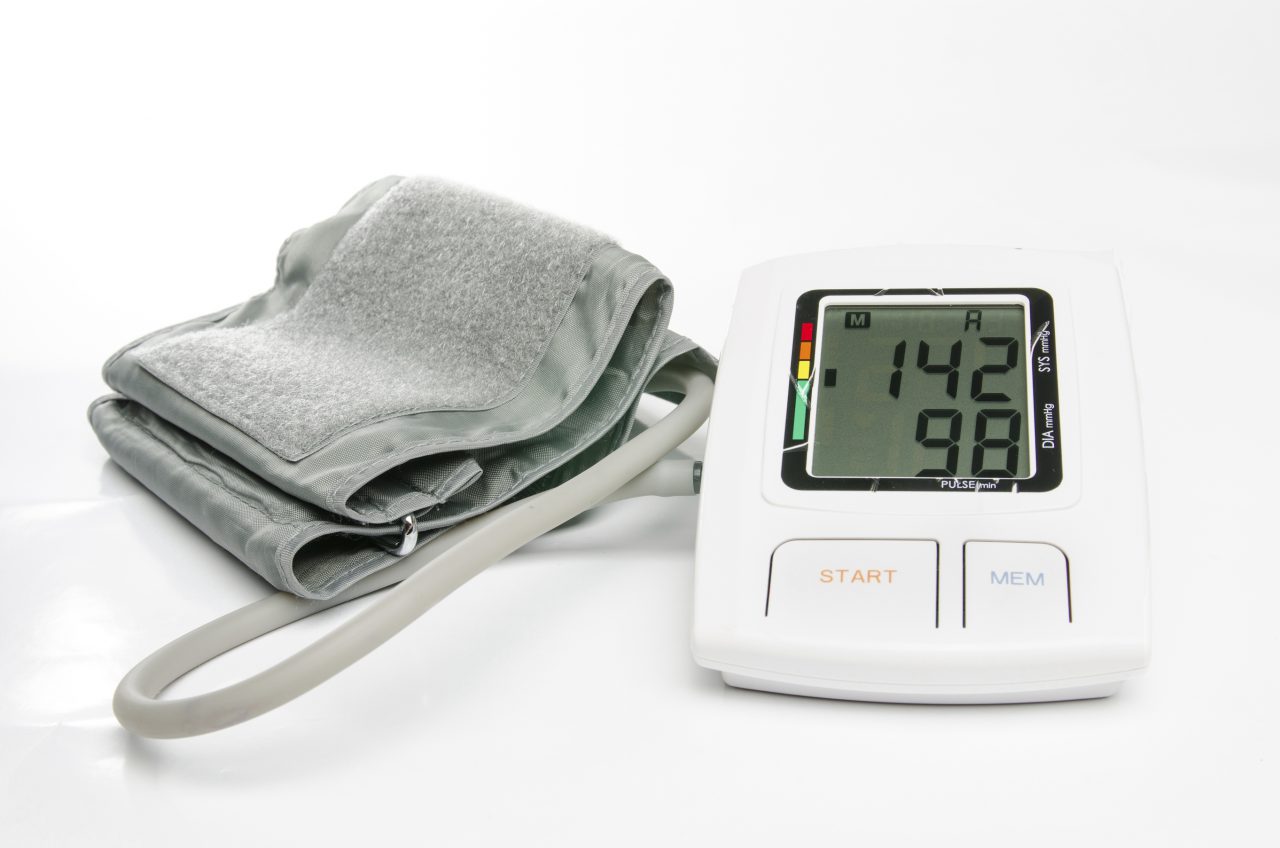Q. Whenever I go to the doctor and she takes my blood pressure it is a little high. Then, at the end of the office visit, she takes my pressure again and it's normal. Do you know what causes this?
What you describe is a common symptom of “white-coat hypertension.” This means that your blood pressure goes up whenever anyone in a white coat (or reasonable medical facsimile) comes near you. I suffer from this myself so I have a visceral understanding of the problem.
In a study employing 24-hour ambulatory monitoring, about a third of patients thought to have “resistant hypertension,” actually had white-coat hypertension. The study was published by the American Heart Association.
Resistant hypertension occurs when a patient’s blood pressure remains above treatment goals, despite using three different types of drugs at the same time.
“Ambulatory monitoring showed that many of these patients’ blood pressures were in the normal range when they were at home or participating in their usual activities,” said Alejandro de la Sierra, M.D., lead author of the study. “While those who actually had white-coat hypertension are not risk free, their cardiovascular outcomes are much better.”
You can determine if your high blood pressure only occurs in the doctor's office, or if it's a persistent condition that needs treatment. All you need is a home blood-pressure monitor that you can buy in a pharmacy.
All monitors have the same basic parts — an inflatable cuff or strap, a gauge for readouts, and sometimes a stethoscope, depending on the type of monitor you choose.
Cuff. The cuff consists of an inner layer made of rubber that fills with air and squeezes your arm. The cuff's outer layer is generally made of nylon and has a fastener to hold the cuff in place.
Gauge. Blood pressure monitors are either digital or aneroid. The aneroid monitors have a gauge with a dial on it that points at a number related to your blood pressure. Some older gauges look similar to a thermometer.
There are two types of home blood pressure monitors: manual and digital devices. Manual blood pressure monitors use a stethoscope and an inflatable arm cuff connected by a rubber tube to a gauge that records the pressure.
Digital monitors have a cuff and a gauge that records the pressure. The cuff automatically inflates at the touch of a button. These devices automatically calculate heart rate and check your blood pressure. Digital monitors can be fitted on the upper arm, wrist or finger. Arm devices are the most accurate.
Doctors say you have high blood pressure if you have a reading of 140/90 or higher. A blood pressure reading of 120/80 or lower is considered normal. "Prehypertension" is blood pressure between 120 and 139 for the top number, or between 80 and 89 for the bottom number.
The first number represents your “systolic” pressure when the heart beats. The second number represents the “diastolic” pressure when the heart rests. If only one number is elevated, you still have high blood pressure with all of its dangers.









